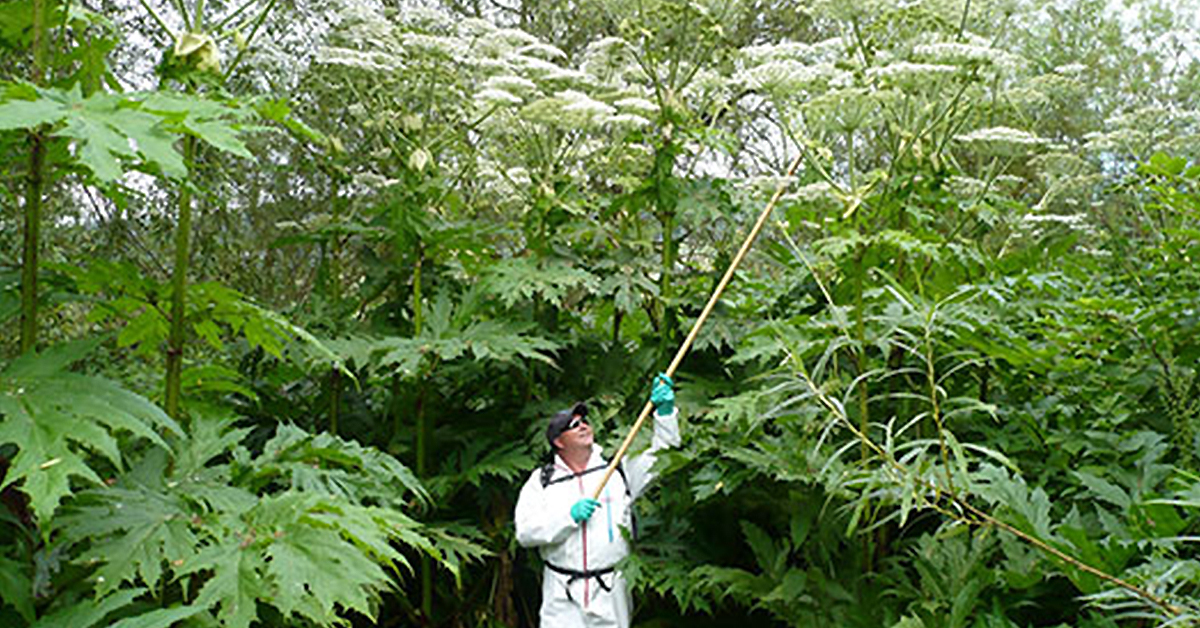Hospitals see an increasing number of burns associated with the giant hogweed plant.
Described as Britain’s ‘most dangerous plant’, giant hogweed can cause serious health problems and major irritation to skin as its toxins seep deep into your cells.
The weed can grow up to 5 metres tall, while each giant hogweed plant can spread out to cover a range of around 2 metres, making it highly invasive. Each plant produces around 100,000 seeds, which can survive for up to 10 years.
The plant is usually found growing in places with damp soils, such as riverbanks and coastal areas, and may be mistaken for the more common cow parsley or ground elder.
It contains a sap which irritates skin when it is exposed to sunlight and can cause blistering and swelling. Contact with giant hogweed can cause quite significant skin injuries and there are patients who have been blinded by contact with it.
Of particular importance is the exposure to sunlight, which is the key to skin damage. The sap from the stem and leaves of this particular plant sensitise the skin to light allowing it to become damaged with continued exposure. The skin can be scarred for up to 6 years after damage and sensitive for years after, so the area will need to be protected with sunscreen.
What to do if you are affected
Within 30 minutes of coming into contact with the plant, a person can experience itching or burning in the area of contact. In this case, the most important thing is to cover up and make sure the skin, the area that has been exposed to the plant, is not exposed to the UV radiation of sunshine. After 1 to 3 days the skin can blister and swell.
In cold water, and without perfumed soaps, wash away any of the sap from areas of your skin that has been exposed, and then try and reduce the ongoing damage by not exposing it to sunlight for at least 48 hours.
Seek medical treatment if there is a reaction to the sap, and if it gets near or in the eyes, wash for 10 minutes then wear sunglasses, and get medical help as soon as possible.
Injuries can range from reddening of the skin to blistering which can lead to second and in some cases even third-degree burns and blindness.
As this plant is so dangerous, it’s important to alert the authorities if you see any. On public land, you should contact the local council, and on private land, contact the Environment Agency, report the location and follow their advice.
This is an interactive map showing current locations – check out your local area for risks.
Infographic with more information – feel free to share.












